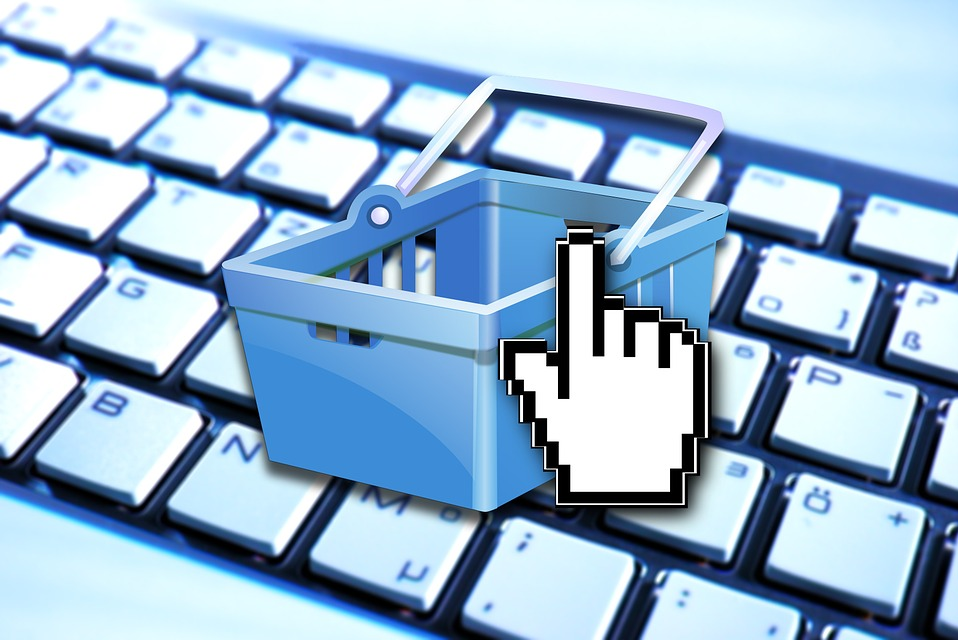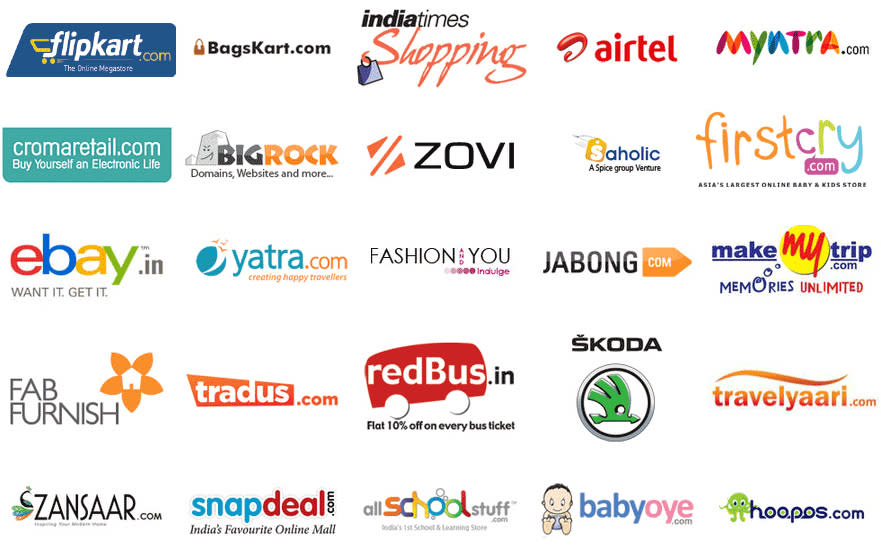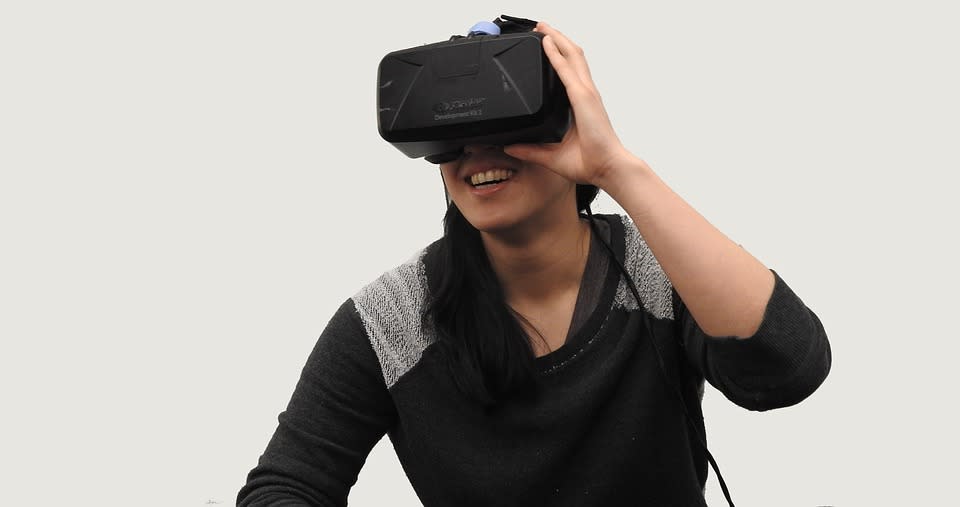The Future of Ecommerce
What will the future be like? When we think about the future, we almost always think of the advancement in technology that will come with it. And there have been several aspects of our day to day lives that have completely changed with the emergence of new technology. One of these aspects is how we do our shopping. Ecommerse has been around for almost as long as the world wide web itself. As of 2016, there are hundreds of thousands of websites, some big and some small, dedicated to online retailing. But with the continuing evolution of the web, online retailing has changed a lot through the years. In this article we analyze the future of this sector, based on current trends.

1) Developing Countries will become the largest markets for ecommerse:
Asia-Pacific overtook North America as the biggest ecommerce market in the world back in 2014, when the former's $525.2 billion in total sales overtook the latter's $482.6 billion. Flash forward two years. The sales for Asia-Pacific exceeded $1 trillion in 2016 compared to a little more than $600 billion for North America. Most of this hike can be attributed to the developing countries in the Asia-Pacific region, primarily China and India, two giants with almost a third of the world's population. So as the ecomony of the world continues to imporve, so will the living standards of the people in these and other developing countries around the world. The fact is that most of the developed countries are already fully emmerged in ecommerse so they don't really have any more market to offer. As the developing countries become more and more developed, the purchasing power of its people will improve with it, hence creating new and bigger market opportunities for online retailers.

2) New product categories will emerge in ecommerce:
Consumer electronics and computers currently have the most online sales of all products, followed by Toys & Hobby and Books/Music/Video, according to a report by eMarketer. But like with the developing countries, this is bound to change and soon. As ecommerce continues to be more and more omnipresent, the sales for newer product categories will increase. And the reason for this is quite simple. Like in the real world, with more market opportunity, more retailors will be attracted. These may include things as esoteric as apparels and accessories retailers targeting alternative lifestyle inspired women to food and beverages retailers targeting vegans allergic to nuts. While earlier, with not enough people online, there would be little incentive for either of these businesses to set shop online. But with more and more people coming online everyday (almost 40% of the world's population as of 2016) and easier medium to connect with them (social media technologies), there is a good chance these businesses to actually profit by setting up an online retail.
3) Marketplaces, as we currently know them, will decline:
Marketplaces are big websites like ebay, which currently account for almost 27% of all online retail sales in the world. These big websites emmerged in the early 2000s, before the advent of social networking. And they build on a hungry market soon emerging as market leaders. Currently retailers have more incentive in setting up their businesses in these big marketplaces rather than setting up their own websites, mostly because the former offers more traffic than the latter. But that trend seems to be on the decline. Small business owners now have the option to setup their online presence on social networking websites like facebook, where they have the opportunity to target just as much audience as the big marketplaces. They could either self promote of advertise to a specifically targeted audience. So in the future we can expect to see most ecommerce businesses dealing via a combination of a social network presence and a direct website.

4) There will be more purchases made from mobile devices than from computers:
This is a no brainer. People want their shopping experience to be plesant, simple and convinient. Just look at how far we have come in the past 10 years in terms of mobile devices.
We have smartphones and tablets that are more powerful than the personal computers from 10 years ago. And will the internet access almost omnipresent thanks to mobile data services and
wifi, people are now almost as well off making a decision for an online purchase on their mobile phones as they are in a laptop. Almost 30% of all ecommerce purchases came from smartphones in 2014. The 2018 it is estimated that there will be more purchases made from mobile phones tha from laptop or desktop computers. Figures, given how smartphones and tablets are getting better and more convinient every year.

5) Product visualization will become more important than ever:
Product visualization are always a key factor when we make purchases. Even before days of online retails, consumers were found to be more attracted towards an item than is beautifully demonstrated. Will emergence of technologies such as virtual reality and augmented reality, it is very much likely that these technologies will be incorporated into the core of the ecommerce philosophy. Wouldn't you like to see how it feels like to drive around in that new car from the comfort of your living room? Wouldn't you want to try out that new dress, see how it looks on you, before you order it. With more online retailers dealing in the same products, businesses will try harder to lure its customers, and product visualization will be key in them making their decisions on a purchase.
